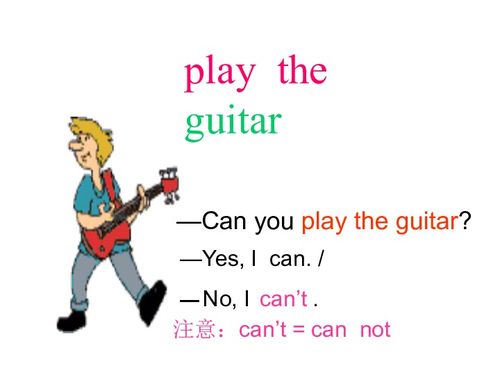
Content:
Lure fishing is an exciting and enjoyable activity that can be easily adapted for children. It not only helps them develop their motor skills and patience but also provides a unique opportunity to connect with nature. In this article, we will discuss some tips and techniques that can help children learn the art of lure fishing.
Start with the right equipment
When introducing children to lure fishing, it is important to choose the right equipment. Here are some essential items to consider:
- Lightweight spinning rod and reel: Opt for a rod and reel that is suitable for the child's age and strength.
- Lures: Select lures that are easy to cast and suitable for the fish species you are targeting.
- Fishing line: Use a monofilament line that is not too thick, as it can be easily tangled and damaged by children.
Teach them the basics of casting
Casting is a fundamental skill in lure fishing. Here's how to teach children the basics:
- Stand with your feet shoulder-width apart and hold the rod with both hands.
- Bring the rod back behind your head, keeping the lure on the ground.
- Bring the rod forward and release the line with a smooth motion.
- Practice casting in an open area to avoid obstacles and other anglers.
Explain the importance of patience
Patience is key in lure fishing. Teach children that they may not catch a fish immediately, and that's okay. Here are some tips to help them stay patient:
- Set a timer to keep track of fishing time.
- Bring along a book or a portable game to keep them entertained.
- Teach them to observe their surroundings and enjoy the natural beauty of the environment.
Teach them to read the water
Teaching children to read the water can help them become better anglers. Here's how:
- Show them how to look for fish-holding areas, such as logs, rocks, and weed beds.
- Explain the importance of water flow and how it can affect fish behavior.
- Encourage them to observe the water's surface for signs of fish activity, such as ripples or bubbles.
Teach them to respect the fish
It is important to teach children the importance of respecting the fish they catch. Here are some tips:
- Explain the proper technique for handling fish, such as using a net or a soft towel.
- Show them how to release fish back into the water quickly and gently.
- Discuss the importance of catch-and-release fishing and how it benefits the fish population.
Encourage them to keep a fishing journal
Keeping a fishing journal can help children track their progress and enjoy the experience even more. Here are some ideas for their journal:
- Date and location of each fishing trip.
- Types of lures used and their effectiveness.
- Fish caught, their size, and any interesting observations.
- Photos and drawings of their experiences.
Have fun and be patient
Remember that the primary goal of introducing children to lure fishing is to have fun and create lasting memories. Be patient with their learning process and encourage them to enjoy the experience.
In conclusion, teaching children how to learn lure fishing can be a rewarding experience for both the child and the parent. By providing the right equipment, teaching the basics, and instilling a respect for nature, children can develop a passion for fishing that will last a lifetime.












